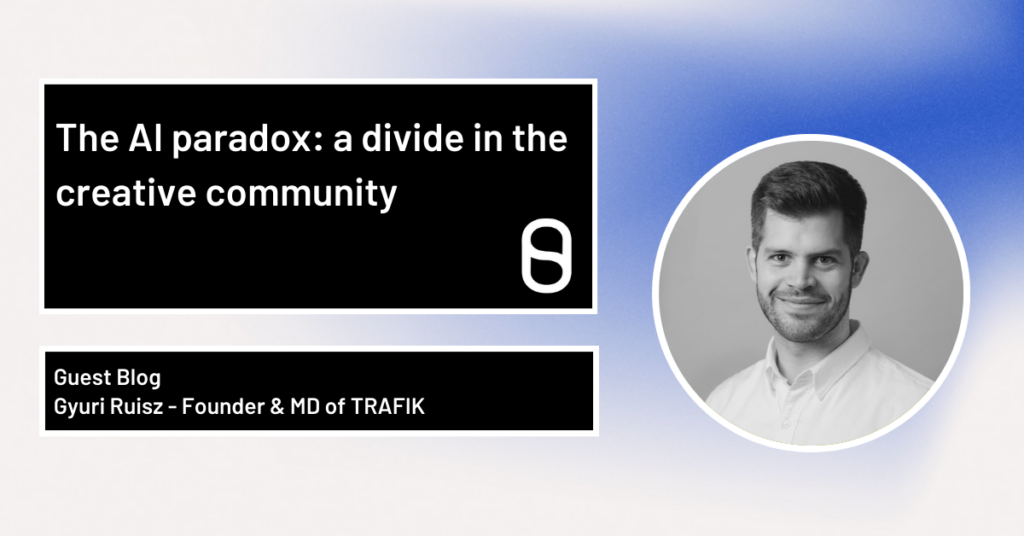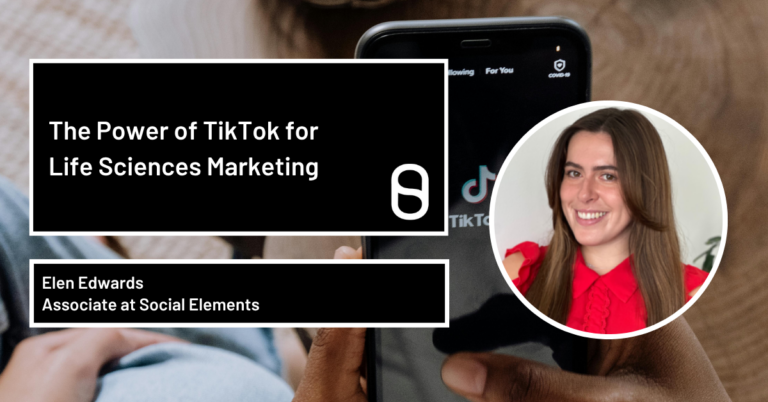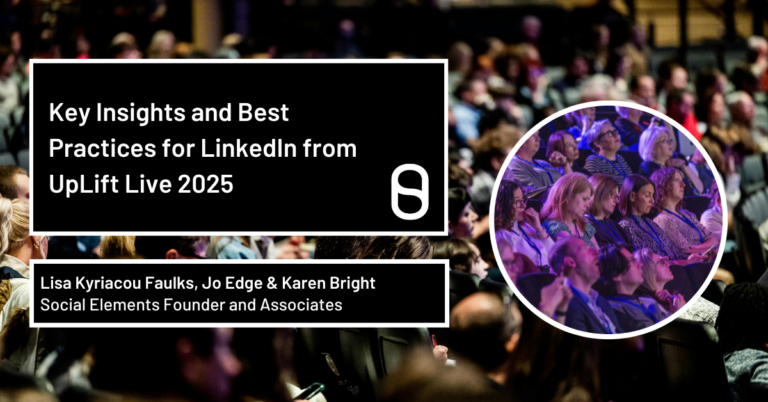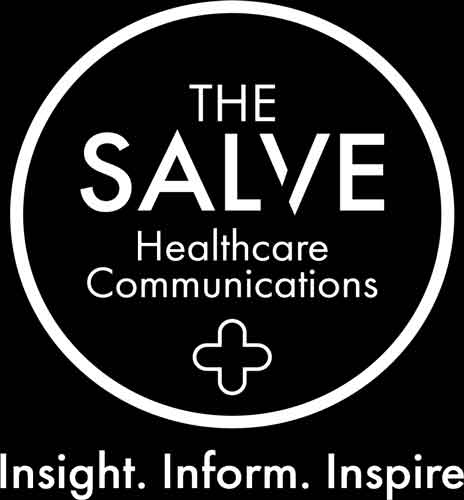The AI paradox: a divide in the creative community
Our guest blog this month is from Gyuri Ruisz, founder of TRAFIK.
As we plunge deeper into the 21st century, technological advances like Artificial Intelligence (AI) continue to reshape numerous sectors, including the world of design. Just like any major shift, there are two distinct camps within the creative community: the enthusiastic embracers who see AI as an incredible tool, and the traditionalists who raise concerns about its potential drawbacks. This divide isn’t about being right or wrong; instead, it reflects a deep-rooted struggle to define the future of creativity.
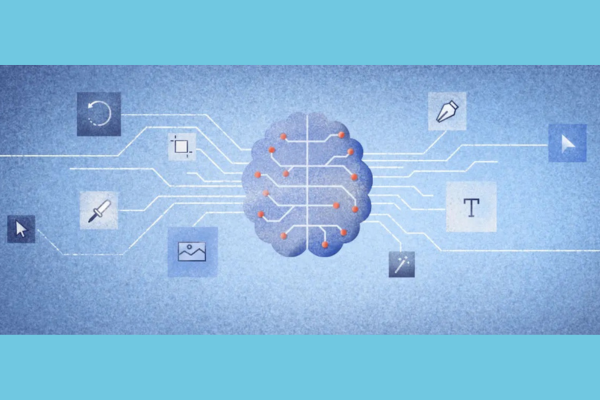
The enthusiastic adopters: embracing the AI era in design
On one side of the spectrum, we find the enthusiastic adopters—creative minds who view AI as an innovative instrument capable of pushing the boundaries of design in unparalleled ways.
The key strengths they see in AI include efficiency, as AI can automate routine, time-consuming tasks, freeing designers to focus on more creative aspects of their work. In the realm of data-driven design, AI’s ability to process enormous amounts of data offers designers invaluable insights, informing more effective and user-centric designs.
Furthermore, AI-powered design tools are celebrated for their accessibility. By democratizing the design process, these tools enable non-designers to craft competent designs, resulting in a wider range of perspectives and ideas. Moreover, through experimentation, AI’s capacity to generate a multitude of design options allows designers to explore a broader range of possibilities than would be manually possible, expanding the horizons of design innovation.
The traditionalists: safeguarding the human essence of design
In contrast, the traditionalists view design as a deeply human process, arguing that it cannot be genuinely replicated by algorithms. At the heart of their argument lies the essence of creativity. They believe that true creativity stems from human experiences, emotions, and intuition—elements that AI, with its logic-based algorithms, inherently lacks. There is a concern that AI might lead to the homogenization of design, resulting in formulaic and less distinctive designs.
Another critical aspect is the value of craftsmanship, which comes from years, even decades, of honing design skills. The traditionalists see AI as a potential threat to this craftsmanship, reducing the rich complexity of design to a series of algorithms and datasets.
The traditionalists also worry about ethical and cultural sensitivity, arguing that design involves more than aesthetics; it’s about conveying messages, reflecting cultures, and respecting contexts. Given AI’s lack of real-world understanding and empathy, there’s a fear it could create designs that are culturally insensitive or inappropriate.
Finally, the specter of job displacement looms large for traditionalists. They fear that AI, by replacing human designers, could lead to job loss and a devaluation of the design profession.
Seeking a balanced future
This ongoing divide underscores the complex relationship between technology and creativity. It’s evident that AI holds tremendous potential to revolutionize the design field, but it also presents challenges that need thoughtful management.
At TRAFIK, we acknowledge that we have team members who fall into both camps, supporting and opposing AI in design. However, what has always been crucial for all of us is striving for a deep understanding of its potential and collaborating to discover the best possible solutions. We’ve had moments of sheer delight when some of us gained access to the DALL-E beta and couldn’t resist generating an image with the description: ‘“a 1880’s style medical illustration of a prescription medicine given by injection into the eye used to treat adults with neovascular age-related macular degeneration”.’ On the other hand, we respect those who didn’t share the same enthusiasm.
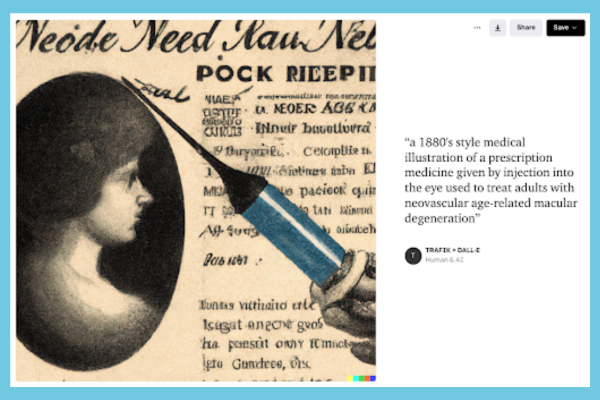
We believe in finding a balanced path forward—a seamless integration of AI and human creativity that leverages the strengths of both. This approach would harness the efficiency and data-driven capabilities of AI while preserving the unique human nuances, intuition, and empathy that bring designs to life. The future of design may indeed lie not in choosing between AI and human designers but in discovering a harmonious and mutually beneficial coexistence.
TRAFIK have joined our Partnership Programme. You can find out more about our Partnership scheme here. If you would like to discuss how to become a partner please email us at hello@socialelements.co.uk and we can share more information with you.
More about Gyuri Ruisz
Gyuri Ruisz is the founder and MD of TRAFIK. Gyuri is happiest when creative professionals and like-minded communicators in pharma and life sciences connect and create amazing things together. In fact, he’s spent the past decade making these connections happen.
More about TRAFIK
TRAFIK is a design studio helping health & life sciences companies look & feel more human. We are a team of designers and no-nonsense project managers providing graphic & motion design services for a wide range of companies in the health & life sciences space.
